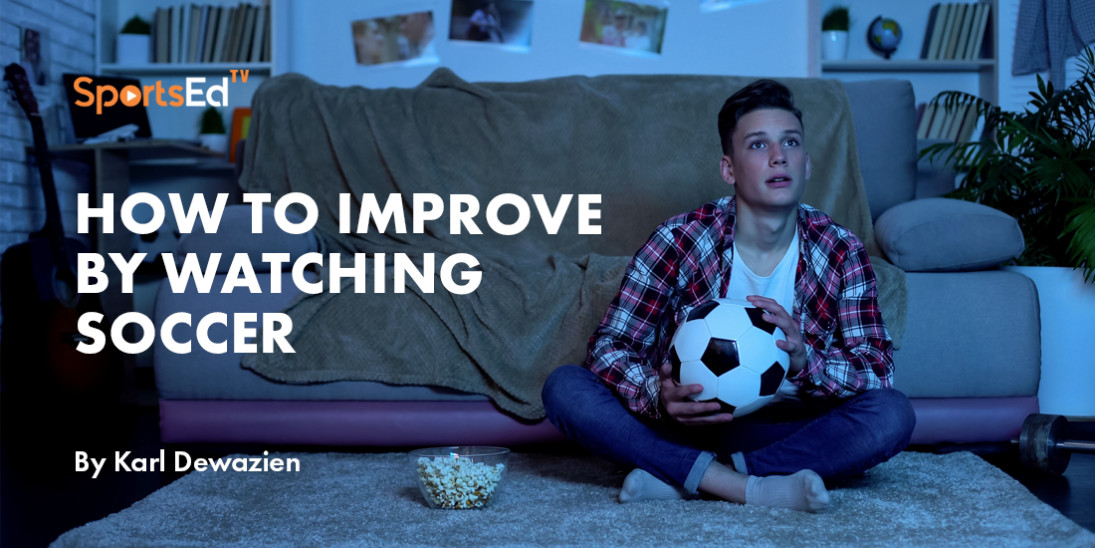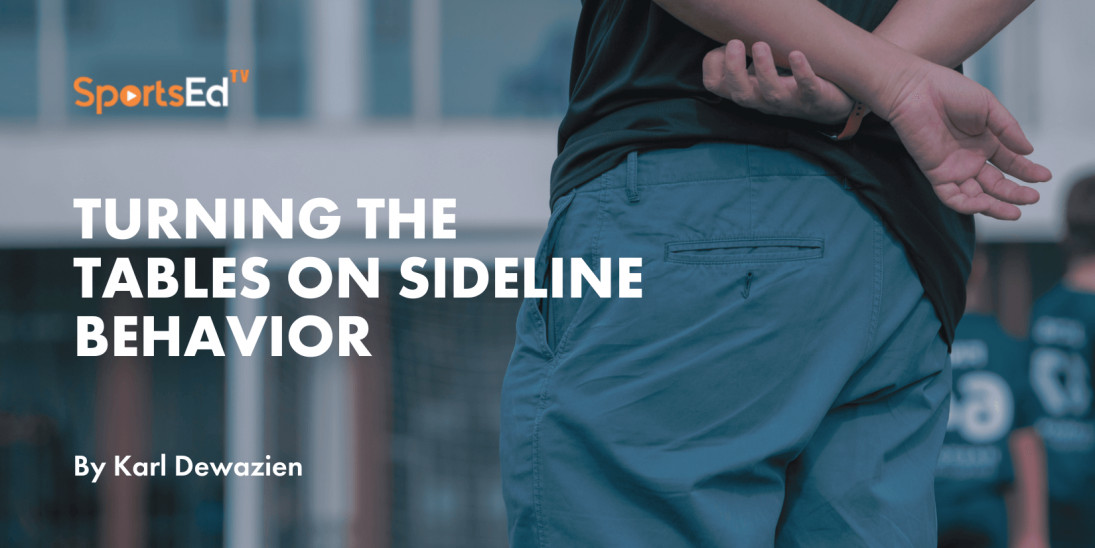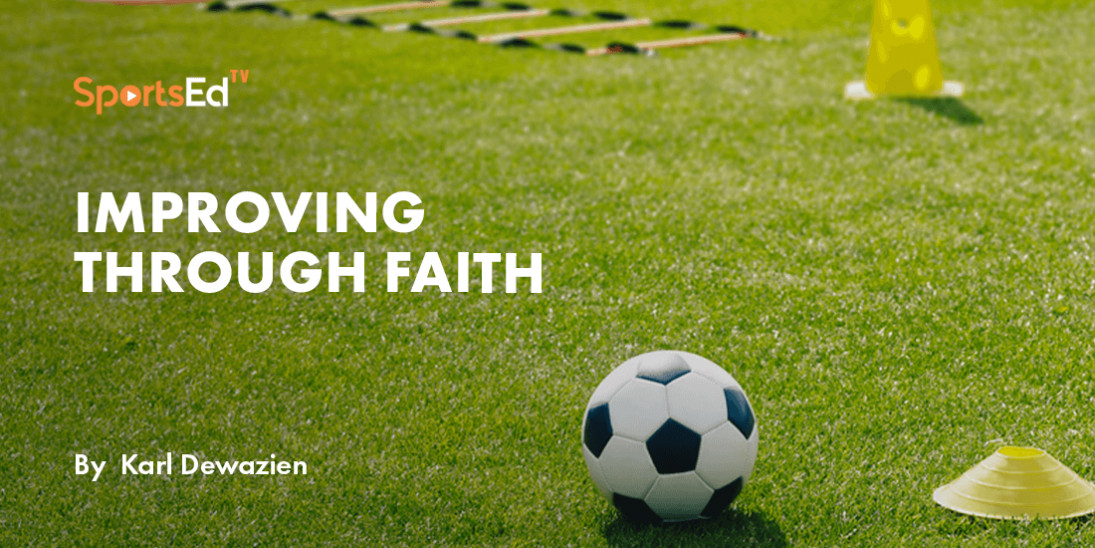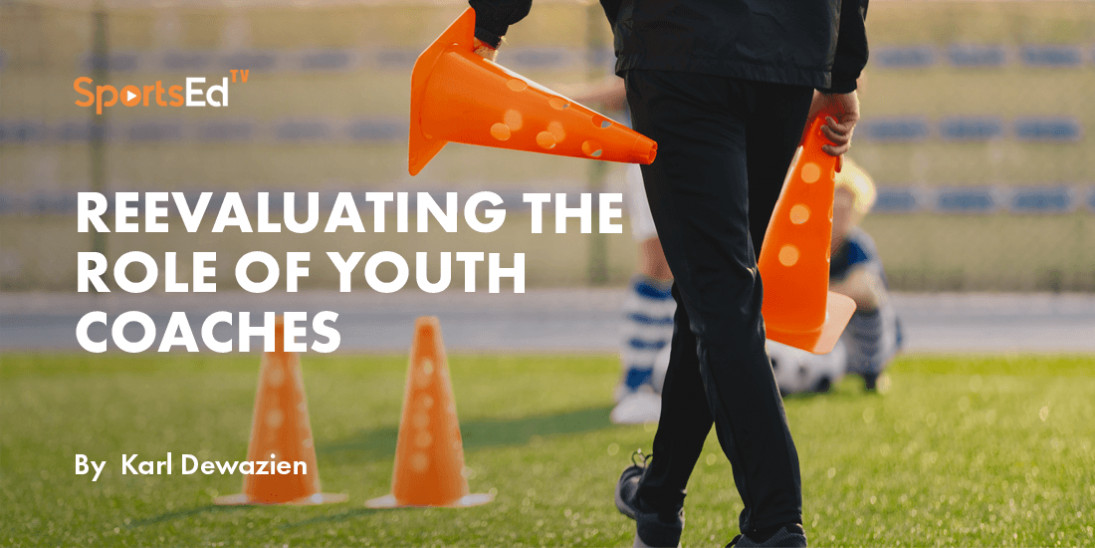Soccer
Welcome and thanks for visiting...

The Problem With Youth Soccer Tryouts
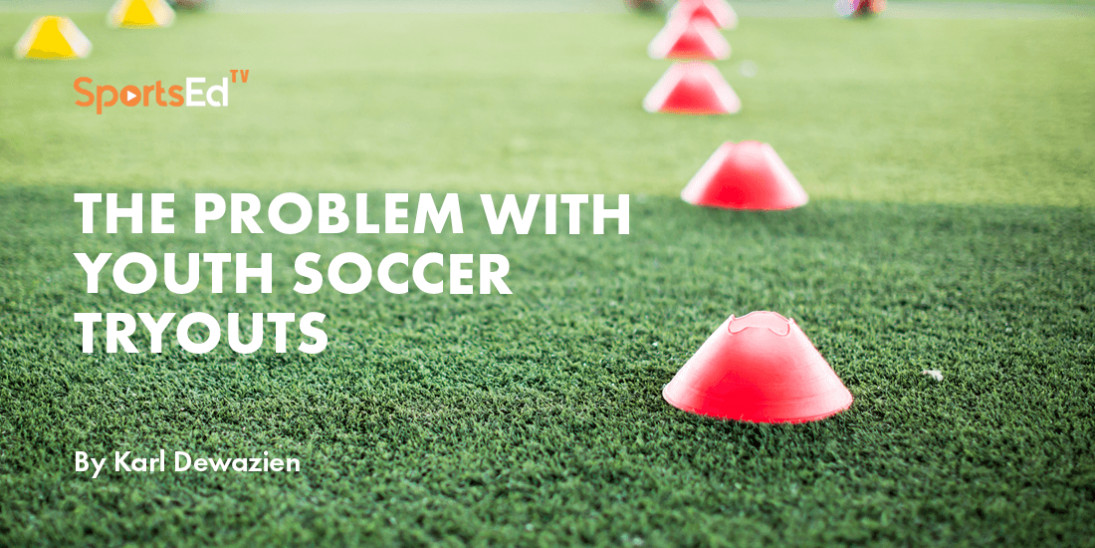
SportsEdTV Soccer is committed to bringing athletes, coaches, and parents pro-level Soccer education videos for FREE. All levels, anywhere, anytime. Check out our full instructional library and sign up to join our Soccer community.
Karl Dewazien of FUNdamental SOCCER, Emeritus State Director of Coaching for the California Youth Soccer Association 1978-2012, discusses a frequent and significant issue with youth soccer "Try Outs".
TRY-and you’re-OUT!
A massive group of parents will occupy one side of the field, across from a handful of individuals on the opposite side. It will be difficult to tell if the larger groups’ presence is appreciated since no one will acknowledge them. The large group's demeanor will seem unnatural for the setting because an eerie silence will envelop their side of the field. Only their piercing stares focused on the smaller group of adults across the field will be noticeable.
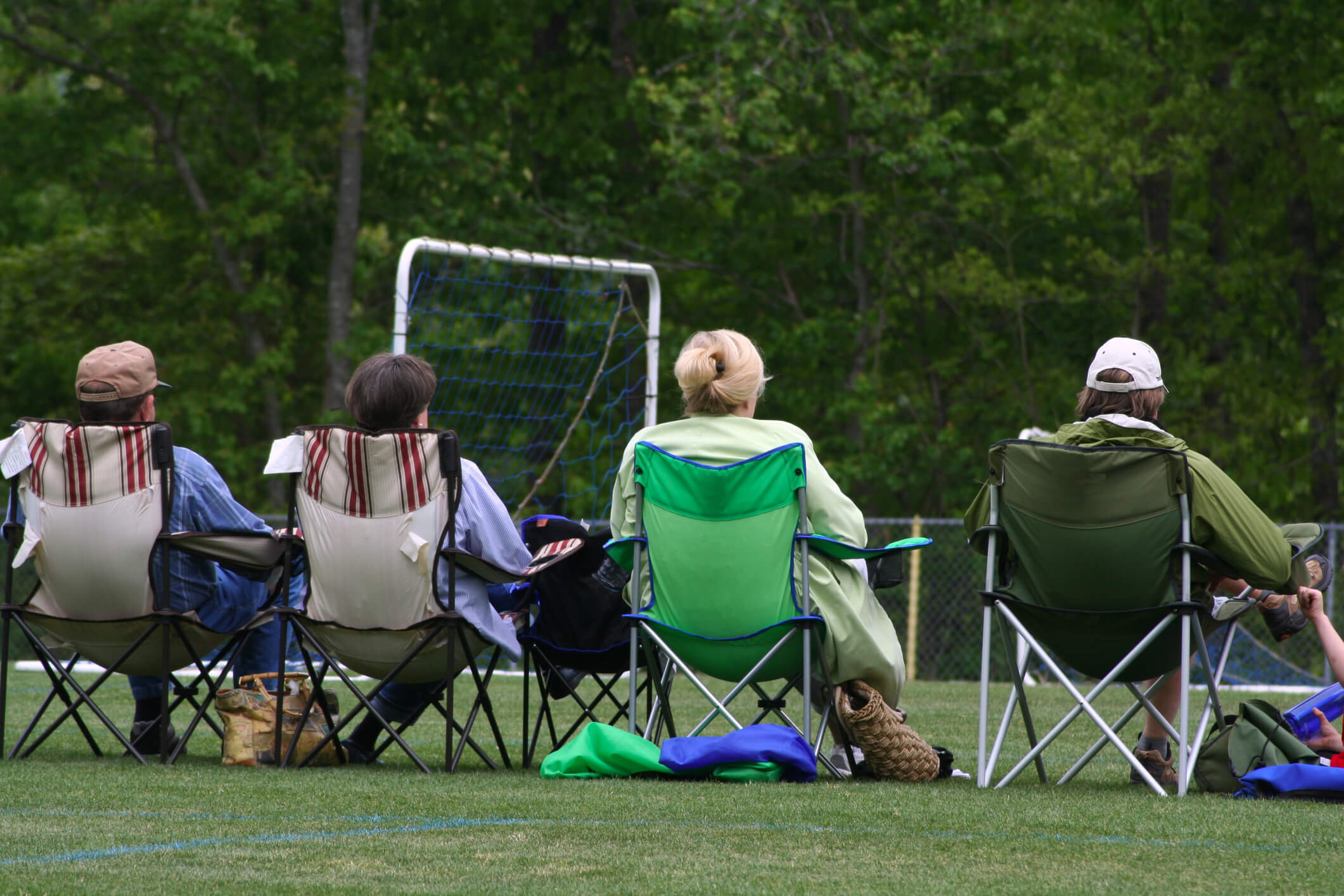
Many soccer parents will show up to watch their child "Try-Out". Unfortunately, not many will enjoy the experience.
The handful of individuals in the smaller group looks like a ‘cookie cutter’ ensemble from a distance. Most will have a baseball cap on their head, a whistle around their neck, and a clipboard under their arm. A name-brand company uniformly manufactures their shoes, socks, and sweatsuits. Their cross-armed stance will be disrupted occasionally when they seem to be writing something on their clipboard.
An enormous gathering of fidgety soccer players on the field will be between these two distinct groups. One will quickly notice that the players are preparing to perform to benefit the smaller group of individuals with clipboards, not the gazing statuesque larger group of parents. One will see an occasional nervous glimpse made toward the ‘big group’ by a few players. The players' body language and facial expressions will show signs of nervousness. There will be no laughter, and there will be no smiles. Tension will seem to be the order of the day.
To the untrained eye, the setting will look very similar to the American football ‘Punt - Pass and Kick’ contest environment –only with soccer balls. Players will be seen kicking stationary balls (for distance), dribbling through cones (for time), and shooting at targets placed inside the goal (for accuracy). One individual will have a stopwatch for timing the short sprints. In contrast, another individual is in charge of timing the long-distance run. Over in one corner of the field, there will likely be a 4 vs. 4 small-sided soccer game, but hardly anyone will show any interest in observing this particular activity â¹

Youth soccer "Try-Outs" outs involve many different types of exercises as the coaches try to 'evaluate' the players.
The Dynamics of Youth Soccer Try-Outs
This scene will soon be played on every soccer field across the country and is secretly called ‘the Meat Market.’ Here, local expert coaches will select the best talent to fill their team’s most pressing needs. The event is called a "Try-Out," and players are ‘graded’ and ‘labeled’ by the coaches. The players are given such labels as competitive & recreational, elite & select, gold & silver, etc. At this point, I have found it impossible to obtain the criteria by which these judges judge a player’s future potential. The only benchmark that seems standard across this country is that the coach’s child is always good enough to make the roster.
Many adults (who, incidentally, do not work with younger players) say, “Try-Outs and labeling are necessary to judge and place talent on teams.” They indicate that players need to play at ‘their level’ to be challenged and continue their improvement. Fair enough!
Beyond the Field: The Lasting Impact
However, recent studies have shown that the first three years of a child’s life are critical for emotional and intellectual growth. During this time, brain patterns are formed that will affect every part of the child’s development. How a child is cared for, stimulated, held, and communicated with will affect how they think, feel, and function in the world throughout life.
Being aware of this startling information should lead us to conclude that the first three years of a child’s sports life are critical for emotional and intellectual growth. During this time, brain patterns will form, affecting every part of the player’s development as well as the connection they form with the sport. How a player is supervised, motivated, coached, and communicated with will have a lasting effect on how they think, feel, and function in soccer throughout their career. It will also play a large role in determining the length of that career. A positive and non-judgemental soccer environment at the youth level can set the foundation for a life-long relationship with the sport that leads to friendships, life lessons, and enjoyment. Unfortunately, a negative or overly serious environment at the youth level can have the opposite effect, and oftentimes will cut the career short and prevent many benefis, including fun, from being experienced by the player.
One might assume that at least the players picked to make ‘the team’ would still love soccer and play it for many years. This is not happening. Statistics show that players across the board drop out of the game in their teen years. We currently lose 75% of our players between the ages of 10 -14. With an alarming figure like that, one would think that frantic research would begin to discover what is wrong. Yet, nothing is happening! Instead, the problem is rationalized away with many excuses. Topping the list of reasons are, ‘They have other interests, other sports, besides our number of registered players is increasing dramatically each year -- So, who cares?
We (fiduciaries) should care! Let’s stop with the excuses. Let’s stop this outrageous dropout rate. Let’s begin by stimulating brain patterns to positively affect the young player’s development. As great supervisors, we must inspire our developing players to have self-confidence. This inner motivation comes when adults do not label the individual. As caring coaches, we must communicate with and enable each player to feel successful. Success is not possible for those who are labeled or categorized before puberty.
My friend Marcello Urbani sent a fitting conclusion to this article. He eloquently stated, “I opened my eyes to the reality that most people ignore: Children under 12 are abused by the arrogant structure of soccer in this country. Soccer should be for our children’s enjoyment, not their exploitation.”




